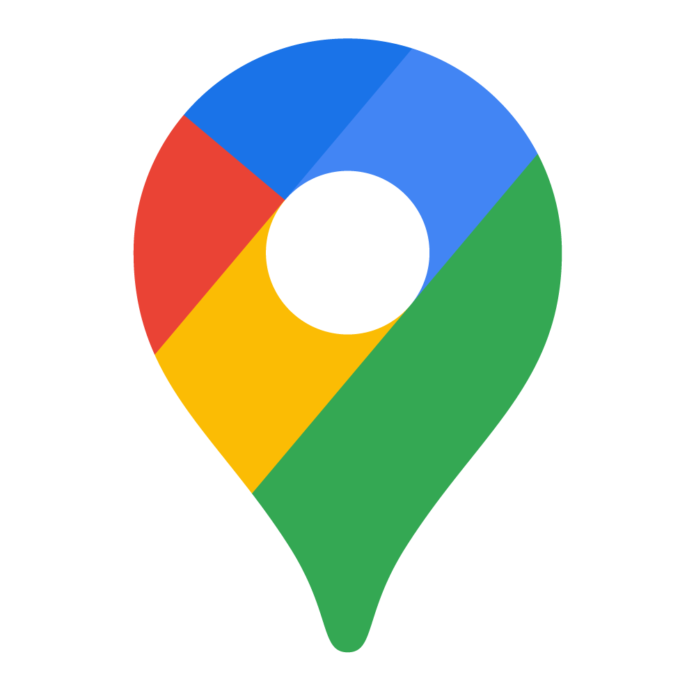By: Nick Gambino
Many of us use Google Maps as a means of GPSing to our destination, particularly when we’re driving, but it’s also a useful tool for public transportation. Plug in your destination and Google Maps will tell you what train, bus, etc. to take and when the next one is leaving. The most recent update of the convenient app includes important COVID-19 alerts.
“When you look up public transit directions for a trip that is likely to be affected by COVID-19 restrictions, we’ll show you relevant alerts from local transit agencies,” Ramesh Nagarajan, Google Maps Product Management Director, said in a blog post. “These alerts can help you prepare accordingly if government mandates impact transit services or require you to wear a mask on public transportation.”
These new alerts will help users navigate the already stressful public transit system, while also offering assistance in keeping them safe. It has an added benefit of reminding people to wear masks in public spaces, especially crowded areas like buses, trains, ferries, etc.
The update includes alerts for drivers as well. Google Maps will alert you if you’re coming up on a COVID-19 checkpoint, like those found at the Canadian and Mexican borders, or if there are any restrictions on your route. These alerts can be found in the directions screen and on the navigation screen if you’re already driving.
Additional useful information like medical facility rules and regulations will be included when the user navigates to said facility.
This isn’t the first update aimed at helping all of us adjust to a new way of living. Google has already included valuable information that points to how crowded public transit is at any given time. This info is generated by users who contribute in real-time.
“Last year, we introduced crowdedness predictions for public transit in Google Maps,” Nagarajan says. “Powered by tens of millions of contributions from past riders, these predictions help people see how crowded a particular bus line or train tends to be. We’re now making it simpler for people to contribute crowdedness information for their transit lines.”
As states begin to reopen, we need to be even more diligent in following recommended practices to help stem the spread of COVID-19. This Google Maps update is yet another way to help us do that.








